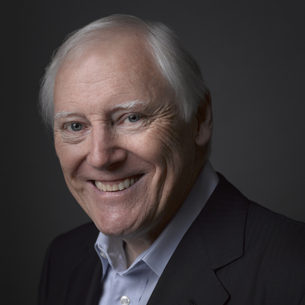When it comes to improving teamwork, there’s no shortage of assessments on the market. From personality frameworks to strengths-based profiles, each promises to help organizations understand people better. But not all tools are designed to answer the same question—or deliver the same kind of results.
When organizations look for tools to understand people and improve teamwork, they usually encounter two broad categories: psychometric and behavioral assessments.
Psychometric assessments (such as MBTI, DISC, or Big Five) measure aspects of personality, cognitive style, or preferences. They help explain who we are—our underlying traits, tendencies, and ways of thinking. These tools can be valuable for self-awareness and personal development.
Behavioral assessments, on the other hand, focus on what we do. They measure how people actually behave in specific contexts—like contributing to a project, leading a meeting, or collaborating in a team. Because behavior is flexible and can adapt depending on the situation, behavioral assessments are especially useful when you want practical strategies to improve performance.
Both types of tools have their place. Psychometric tests provide insights into personality and potential. Behavioral tools show how those insights translate into real-world actions and outcomes.

Understanding behavior means moving beyond theory into application. While personality and strengths tools can spark self-awareness, Belbin shows how those insights translate into everyday teamwork—who takes the lead, who generates ideas, who keeps projects on track, and how the mix of roles affects outcomes.
Belbin identifies the roles people play in real work situations, showing how strengths combine—or sometimes clash—within a group. This practical, behavior-based approach makes Belbin especially valuable when the goal isn’t just self-awareness, but building stronger, more effective teams.
Each assessment has its place—some explore personality, others highlight individual strengths. Belbin focuses on behavior in context, showing how people actually contribute to teamwork. By identifying nine distinct Team Roles, Belbin helps leaders and organizations move from awareness to action, building teams that are more balanced, collaborative, and effective.
Whether you’re considering your first assessment or adding to your existing toolkit, Belbin provides the clarity and practical strategies to help teams succeed.

Belbin has been trusted by global organizations for over 35 years—including Fortune 1000 companies who know performance isn’t about personality, it’s about team chemistry.
It’s not just theory—it’s the Gold Standard in team dynamics.
“Belbin gave us a framework we didn’t even know we needed. It changed how we collaborate.”
— Director, Global Strategy, Pharmaceutical Company
Curious how your team would map out? Let’s walk you through it.
In just one session, we’ll show you how a Belbin assessment works, what your Team Collaboration Map could look like, and how we help close the Interaction Gap—without personality labels, fluff, or guesswork.
Let’s start with a conversation.


Patrick offers more than 25 years of experience with some of the most successful businesses in Europe as a consultant, change manager and executive coach.
